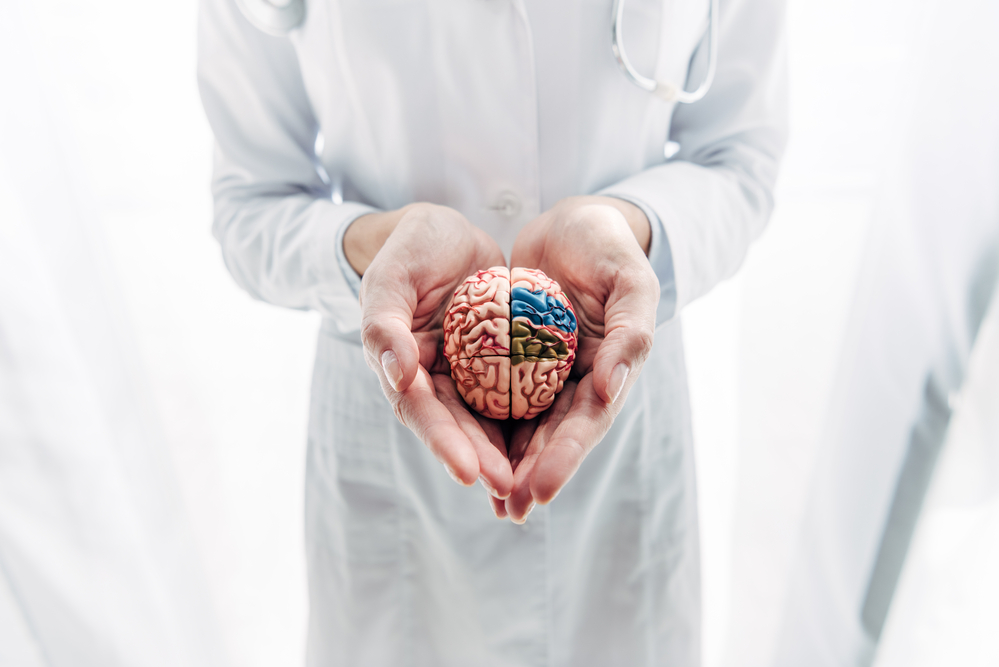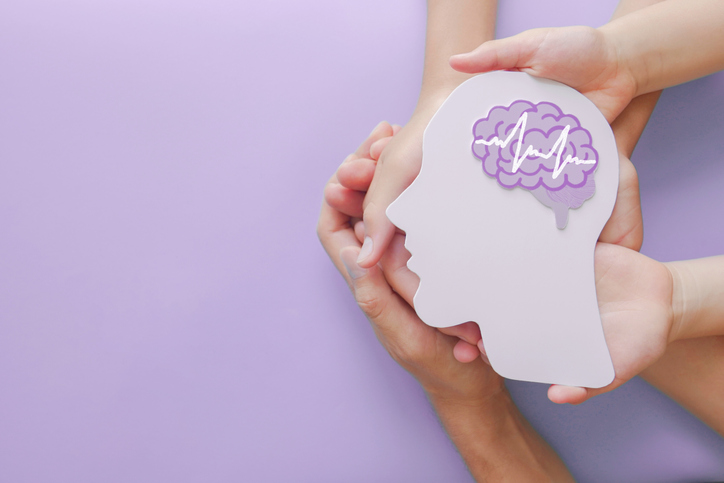
New Insights into Better Diagnosis and Care for Women with Low Sexual Desire

Hypoactive sexual desire disorder (HSDD) and female sexual arousal disorder (FSAD) are common issues for many women, affecting their desire for sexual activity. HSDD is when a woman has little or no motivation for sexual activity, including a lack of sexual thoughts, difficulty responding to sexual cues, or avoiding sexual situations altogether. It often causes distress, frustration, or sadness. FSAD involves trouble becoming or staying aroused during sexual activity. These conditions can happen together, making things even more challenging.
Sexual desire and arousal are influenced by a balance between factors that increase desire (excitation) and those that decrease it (inhibition). A new study looked at how these factors play a role in HSDD and FSAD. By using the Sexual Inhibition Scale (SIS) and Sexual Excitation Scale (SES), researchers and healthcare professionals can better understand what’s causing the sexual desire issue for each woman.
The SIS assesses how much a person feels anxious or hesitant about engaging in sexual activities, while the SES measures how much a person feels excited or turned on by sexual experiences. Using these scales can help healthcare providers guide personalized treatment plans to improve desire and arousal based on each woman’s unique situation.
The current study involved 133 heterosexual women over 18 who sought medical help for sexual issues at a hospital in Florence, Italy. The women were either referred by their doctors or came on their own. To participate, women needed to be sexually active within the past four weeks and have a diagnosis of Female Sexual Dysfunction (FSD), such as HSDD or FSAD. Women with substance abuse problems or serious mental or physical health conditions were excluded.
During their first visit, each woman underwent a full evaluation, which included discussing their medical history, sexual experiences, relationships, and overall health. Physical exams measured things like weight and blood pressure, and blood tests checked hormone levels. The women also filled out questionnaires about their sexual function, emotional distress, mental health, and eating habits. Some women were treated with testosterone gel, while others received counseling or local treatments like vaginal moisturizers, lubricants, or estrogen for vaginal issues.
The researchers retrospectively evaluated the data from these women’s medical histories. A subgroup of 55 women, who were treated with testosterone for six months, was evaluated in more detail to see if their symptoms improved.
Of the 133 women, 66.2% met the criteria for HSDD. The average age was around 46, with many participants postmenopausal (53.3%) and experiencing health issues, including gynecologic diseases (65.4%) and psychiatric conditions (27.8%).
The research found that certain scores related to sexual excitation and inhibition could help identify HSDD. In fact, the authors of the study found specific score cutoffs: a SIS score of 32.5 or higher and a SES score of 46.5 or lower could help predict HSDD diagnoses with reasonable accuracy.
Participants with impaired SIS or SES scores showed worse sexual function and greater emotional distress. Factors such as age and relationship duration influenced sexual excitement and inhibition. Nevertheless, lower SES scores were linked to greater improvement in sexual desire after testosterone treatment.
Among women without a clinical diagnosis of HSDD, many still showed signs of sexual inhibition or excitation issues. This suggests that anxiety may worsen sexual desire, creating a cycle of fear and reduced performance.
Overall, these findings highlight the importance of considering both inhibition and excitation in diagnosing and treating sexual dysfunction. As such, the authors suggest tailoring treatments based on SIS and SES scores to better address the individual needs of women with HSDD.
References:
- Maseroli, E., Cipriani, S., Lanzi, V., Ravelli, S. A., Annunziato, M., Alfaroli, C., Lippi, D., Cirillo, M., Castellini, G., & Giraldi, A. (2024). Hypoactive sexual desire disorder in women: New possibilities to ensure better understanding, diagnosis, and response to treatment. The Journal of Sexual Medicine, 21(10), 861–871. https://doi.org/10.1093/jsxmed/qdae102



